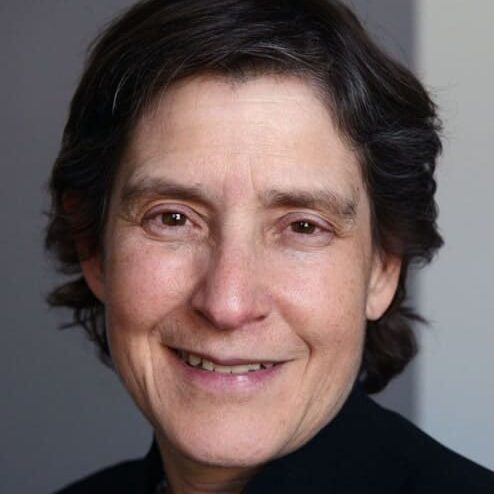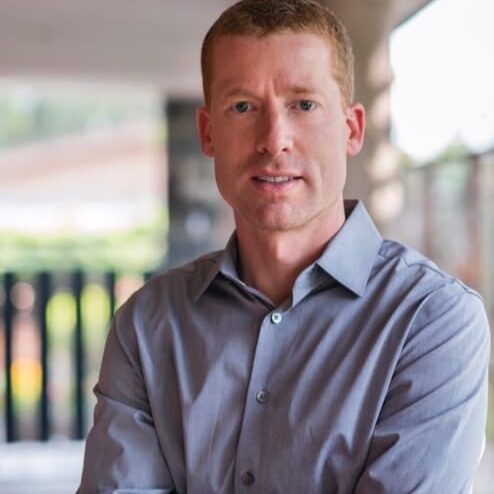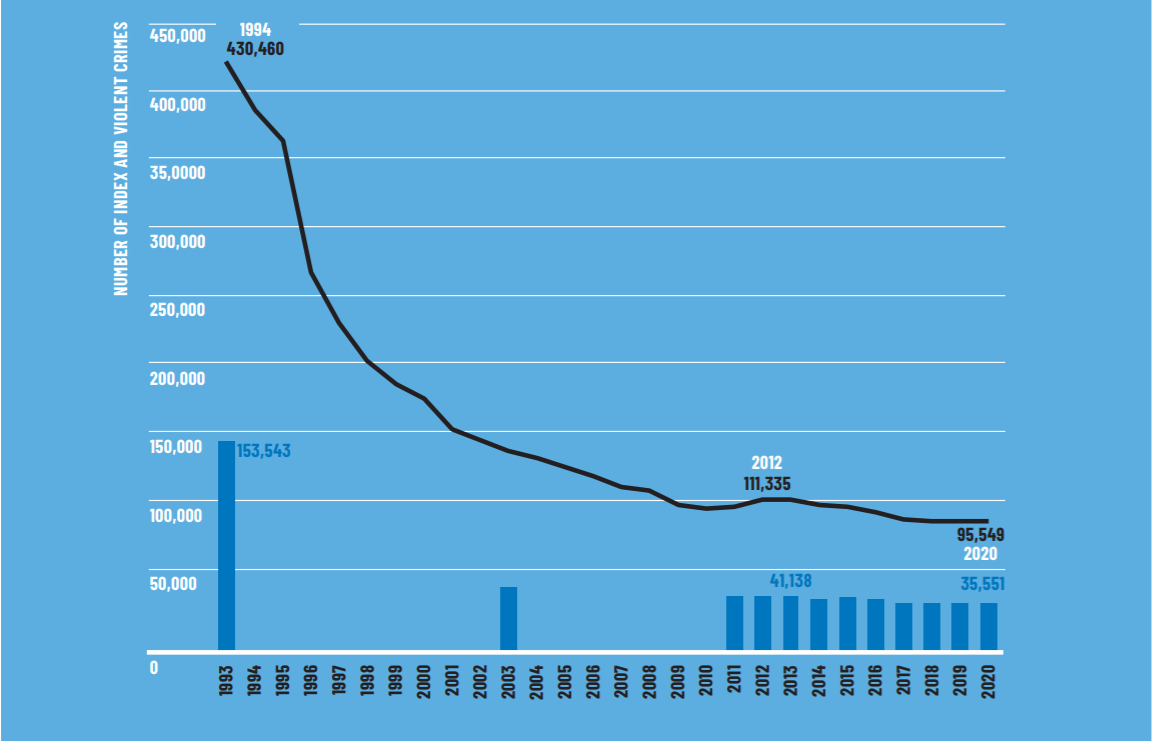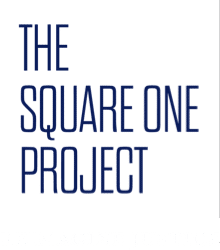March 2021 | Executive Session on the Future of Justice Policy Social Fabric: A New Model for Public Safety and Vital Neighborhoods
Overview
Should the police own safety? For the past forty years, localities across the country have responded with a resounding “yes,” as the primary response to crime has been to call upon the police and criminal justice system. That approach has come with harms, long understood in communities of color and further underscored last summer by the protests in the wake of George Floyd’s death. These harms undermine the trust that should be the very foundation of any system of justice.
This paper argues that there is a different and more durable model, based on the oldest of ideas and eminently doable, especially in this moment of pandemic-straitened budgets: tight-knit communities, where residents are brought together through local institutions and have access to basic civic resources, are the places where safety thrives.
Authors

Elizabeth Glazer Former Director of NYC Mayor's Office of Criminal Justice

Patrick Sharkey Princeton University

As 2020 began, New Yorkers watched crime continue to decline and the operations of the criminal justice system recede from communities of color.
Index crime (represented by the dark blue line) and violent crime (a subset of index crime, represented by the light blue bar graph) fell 14 percent and 12 percent respectively between 2013 and 2019. Along the same time, the jail population of NYC along with arrests, summons, and stops fell as well. It became common for local elected officials to demand crisis management systems cites in their districts and the Mayor's Action Plan for Neighborhood Safety began to be noticed as a national model.
By 2020, there was a palpable turn from a police–and force- centric model of safety towards a model in which safety is secured through the opportunities civil society can offer, guided by community aspirations.
How we live Peacably Together
Elizabeth Glaser and Patrick Sharkey discuss how to create safety beyond the criminal justice system and shift from a model of punishment towards one of investment.
"If there are fewer warriors on the street, we need to invest in more guardians. The evidence available suggests that community organizations and residents can play this role, but we’ve never given them the chance."
Elizabeth Glazer and Patrick Sharkey
A New Model For Community Safety
A Restructured City Budget
A city’s budget should produce the most safety for every dollar invested. By this measure, an array of approaches supported by rigorous evidence would form the core of the city’s public safety program, creating a broad civic strategy to increase residents’ wellbeing of which arrest, prosecution, incarceration, and community corrections are an ever-shrinking piece.
A Deputy Mayor for Justice Policy and Operations
Municipal governments should task a high-ranking civilian official, such as a deputy mayor, with mobilizing the city’s public safety resources— including law enforcement as just one part—and working side by side with communities in shaping and implementing a different model of safety.
New York City Demonstration Project
New York City should put these concepts to the test with a local demonstration project. A new coalition, composed of residents and local organizations, must become the primary institution responsible for public safety and community wellbeing.
